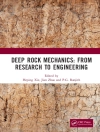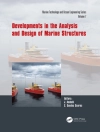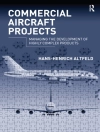This book is the outcome of two International Conferences held at the ISEC in Bangalore, India: the international conference on “Climate Change and Social-Ecological-Economical Interface-Building: Modelling Approach to Exploring Potential Adaptation Strategies for Bio-resource Conservation and Livelihood Development” held during 20–21 May 2015 and jointly organized by the Centre for Ecological Economics and Natural Resources (CEENR), Institute for Social and Economic Change (ISEC) and the Centre for Environmental Systems Research (CESR), University of Kassel, Germany; and the international conference “Climate Change and Food Security – the Global and Indian Contexts, ” jointly hosted by the CEENR, ISEC and the School of Geosciences, University of Sydney, on 18–19 February 2015. The selected papers presented in this book portray a broad range of international research efforts aimed at developing a deeper understanding of human-environment systems but also at translating scientific knowledge into political and societal solutions and responses to the challenge of climate change.
Tabella dei contenuti
Strategies for Bio-resource Conservation and Livelihood Development : Prologue.- The impacts of climate change for food and nutrition security. Issues for India.- Climate Change Strategies and Developing Nations: Prospects and Priorities for India.- Knowledge-Based Climate Economy: Integrated Sciences, Accelerated Convergence and Beyond.- Socio-economic and Agricultural Vulnerability Across Districts of Karnataka.- Structure and ecosystem functions in and around the protected areas of biodiversity hotspots: resource need and resource flow under changing climate.- Analysis of policies in sustaining Sandalwood resources in India.- Analysing vulnerability to climate change in India with special reference to drought risk: Results from a field survey.- An Assessment of Vulnerability of Livestock Farming to Climate Variability.- Climate Change Challenge (3C) and Social-Economic-Ecological Interface-Building – Exploring Potential Adaptation Strategies for Bio-resource Conservation and Livelihood Development : Epilogue.












